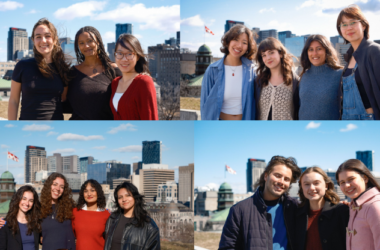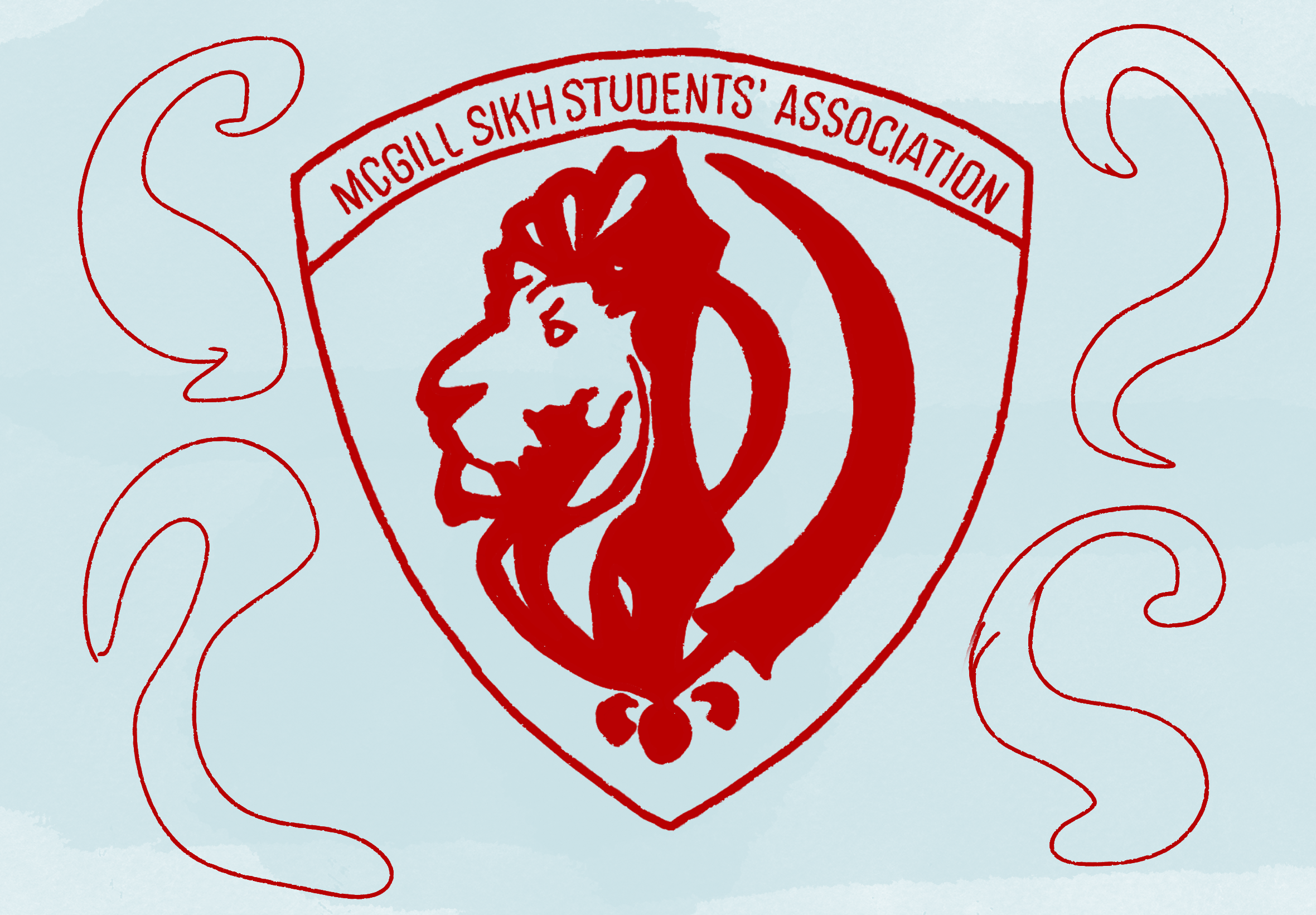Though changing a train destination may not seem risky to many, it was a monumental leap for an MBA student. Putting my carefully-organized travel plans in jeopardy, I decided to travel across the northern Japan to see the Japanese cherry blossom season in its final days. In the process, I learned how spontaneous decisions can yield extraordinary experiences.
I travelled to Tokyo as part of my MBA study abroad program for two weeks in mid-April. The official trip concluded at the end of April, after which most of my classmates flew back home. I, however, chose to extend my trip and planned to backpack across Japan for nine more days. Before coming to Japan, I was most excited about seeing the famous cherry blossom, or sakura, season. Just seeing pictures of Tokyo blanketed in pink and white trees online electrified me. The sakura season is fleeting in nature: Just a week after a tree reaches full bloom, all of its leaves fall off.
To my disappointment, this year the sakura season had started earlier than expected and had ended by the time I reached Tokyo. Locals told me that the sakura were already in their dying days in the north and that I should instead go south. Sakura season had officially ended in the southern region, but the majority of Japanese tourist destinations, such as Kyoto, Osaka, Hiroshima, and Nagasaki, are in the south, where I would have more of Japan to explore than in the north. Yet, half an hour before my bullet train was scheduled to leave for Kyoto, I asked a woman at a tourist information desk if it was still possible to see the elusive cherry blossoms. She directed me to a northern city called Hakodate, where sakura were in the end of bloom. If I could reach the town that day, there was a slim chance that I could see the cherry trees flower. She told me that going to Hakodate was risky and might spoil my trip as the next two days of forecasted rain meant that the odds were not on my side.
It’s funny that she mentioned risk, I thought to myself. I studied risk mitigation in a business course during my first semester at McGill, where I learned how to avoid uncertainty and to make calculated decisions instead. My brain was telling me to walk back to the line for the Kyoto-bound train and enjoy the well-planned trip ahead. But, my heart had fallen for that slim chance to see sakura in full bloom. Foregoing my business school teachings, I hastily decided to travel 850 km in the opposite direction from Kyoto and boarded a train to Hakodate.
What started as a reckless decision to travel to an unknown city turned into one of the best decisions that I have ever made. The next two days were like a beautiful dream laced with pink and white cherry blossom trees. Despite the predicted storms, the weather in Hakodate was calm. Since the sakura were in their final days, an occasional gust of wind would make hundreds of petals fall and scatter in the air, as if someone had blown pink glitter all over the landscape. I realized on the first night that one day in Hakodate wasn’t enough, so I decided to stay until the next evening, taking the last train back to Tokyo.
On my return trip, I reflected on the events of the past two days. All of the most gratifying memories I had made during this adventure were born out of spontaneity—and so, too, were some of the most influential choices I made throughout my life. Leaving a well-paid job in Pakistan and coming thousands of miles to study at McGill were also bold choices I had made—but, without them, I would never have broken away from the shackles of my comfort zone.
In life, taking the plunge into the unknown can provide unforeseeable rewards. As students at McGill, we have countless opportunities to venture outside of our comfort zones. In my case, doing so encouraged me to understand the value in taking risks.









